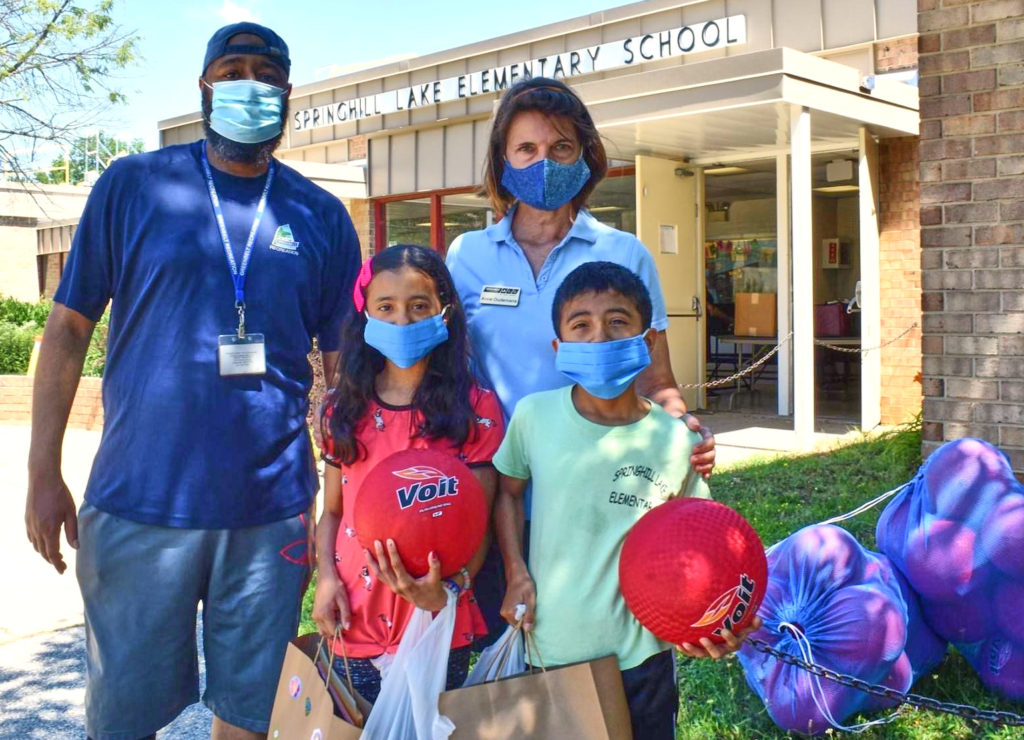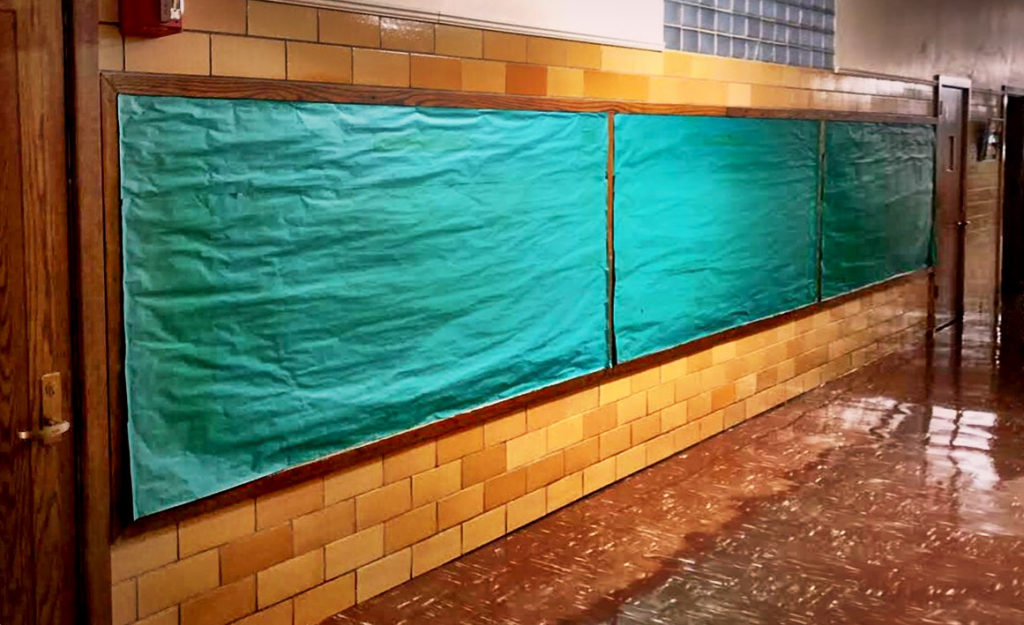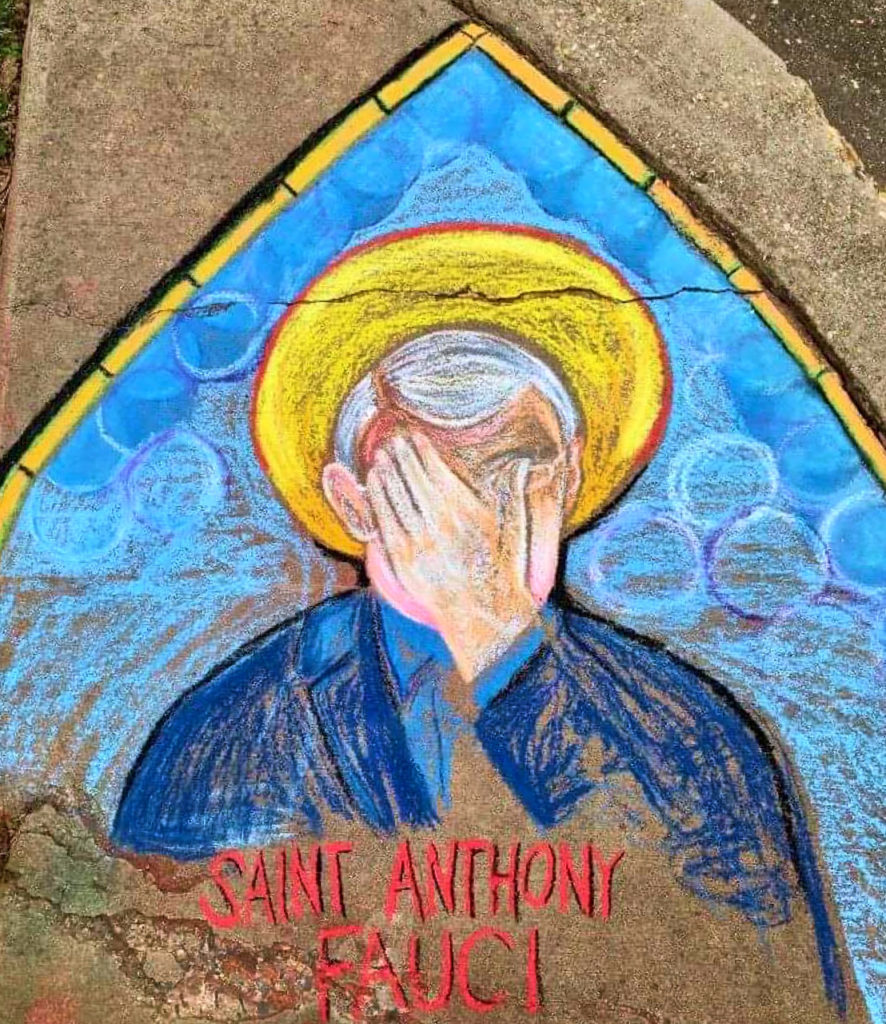How has the pandemic impacted your life? How do we explain to future generations how Greenbelt citizens dealt with this life-changing event? The Greenbelt Museum would like to capture for future generations what it was like to survive healthwise, emotionally, socially and economically during the pandemic to demonstrate the resilience of Greenbelt citizens. The Greenbelt Museum is a history museum of “everyday working people,” according to Megan Searing Young, the museum’s director. Young would like to hear from Greenbelters from all racial and ethnic backgrounds, the young and old alike, working or non-working, in an effort to share their stories and experiences. How did individuals and families manage Covid-era developments such as home-schooling, telecommuting, Zoom calls for business and social interactions or grocery shopping at stores where there were shortages of hand sanitizer, toilet paper and cleaning supplies? How did residents cope with the shutdown and quarantine and the restrictions imposed on us for socializing?
Young spoke of the many innovative ways Greenbelt institutions and residents have shown their adaptability during these difficult times. Greenbelt Recreation successfully moved to virtual classes on short notice. The Old Greenbelt Theatre creatively developed ways to maintain the engagement of its patrons by offering outdoor movie nights and snacks that could be ordered online for pick-up. In-person holiday celebrations were cancelled, so the museum placed lighted decorations in the garden-side window of the museum house for walkers to view at night. A summer activity grab-and-go event for kids at Springhill Lake Elementary School was another example of the resourcefulness of our city supporting its citizens.
Young has collected photographs of sidewalk chalk drawings by two local artists, Carol Ready and Vijay Parameshwaran, who shared their creativity during the pandemic – sometimes with depictions of the current social and cultural climate. There are photographs illustrating the extent of closures in the city – such as an empty bulletin board at the Community Center and a closed playground. A local crafter has donated masks she sewed for family and friends during the pandemic.
Young is looking for Greenbelters to donate small items such as personal protective equipment, letters, photographs, videos, oral or written accounts, artwork and children’s drawings in order to capture the dramatic disruption to everyone’s lives during the pandemic and to depict the efforts by Greenbelt citizens to keep life going as normally as possible. If you would like to share your experience or donate an item, Young asks that you email the museum at info@greenbeltmuseum.org or call 301-507-6582 and leave a message, as museum staff are working from home at this time. Donations will be saved in the museum archives. The images will eventually be posted on the museum website in order to showcase the collection, with future plans to place a small display within the museum’s house, located at 10-B Crescent Road.

Greenbelt Recreation at SHL Elementary School, July 2020


Saint Anthony Fauci

